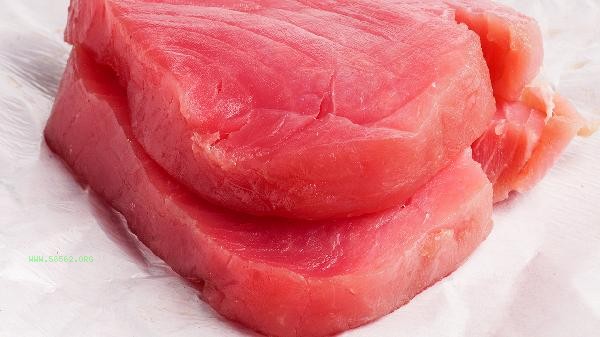Muscle cramps can be relieved through stretching and relaxation, hot compress massage, electrolyte supplementation, moderate activity, medication treatment, and other methods. Muscle cramps are usually caused by excessive exercise, electrolyte imbalance, poor blood circulation, nerve compression, medication side effects, and other factors.

1. Stretching and Relaxing
Stop activity immediately when cramping occurs and slowly reverse stretch the spasming muscle group. If you experience leg cramps, you can sit on the ground and straighten your legs, then use your hands to pull the forefoot towards your body; Thigh cramps can be caused by bending one leg backwards and pressing the ankle towards the buttocks with your hand. Maintain each movement for at least 15 seconds and repeat until the muscles relax. Stretching can effectively relieve abnormal muscle contractions.
2. Hot compress massage
Apply a hot towel at around 40 ℃ to the cramping area for 10 minutes, and massage clockwise with the thumb and fingertips. Hot compress can dilate blood vessels and improve blood supply, while massage can promote lactate metabolism. Attention shall be paid to avoid scalding skin, and patients with diabetes shall be careful to use hot compress at high temperature. After completion, apply menthol ointment to enhance the soothing effect.
3. Supplement electrolytes
Quickly drink sports drinks or diluted salt water containing sodium, potassium, and magnesium, or eat potassium rich foods such as bananas and oranges. Electrolyte imbalance is the main cause of post exercise cramps, and timely supplementation can regulate neuromuscular excitability. When severe dehydration occurs, intravenous supplementation of physiological saline is necessary, and it is recommended to drink no less than 1500 milliliters of water daily.

4. Moderate activity
After relieving cramps, low-intensity walking or joint activities such as heel lifting exercises and ankle pump exercises should be performed for 5 minutes. Gentle activity can promote the clearance of residual metabolites and prevent the recurrence of spasms. Avoid immediate bed rest or vigorous exercise as it may worsen muscle damage.
5. Drug treatment [SEP]: If recurrent episodes occur, follow the doctor's advice to use quinine hydrochloride tablets to relieve nocturnal spasms, or to nourish the nerves with mecobalamin. Calcium supplements such as Caltech D are suitable for osteoporosis related cramps, while magnesium sulfate injection is used for spasms during pregnancy. Pathological factors such as thyroid dysfunction and lumbar spine lesions need to be excluded.
To prevent muscle cramps, it is important to warm up thoroughly before exercise, replenish water and salt in a timely manner during exercise, and avoid sudden increases in exercise intensity. Eat more calcium rich foods such as milk and soy products in daily life, and pay attention to keeping your lower limbs warm during sleep. Middle aged and elderly people and pregnant women can regularly do ultrasonic examination of lower limb veins, and diabetes patients need to strictly control blood sugar. If cramping occurs more than 3 times a week or accompanied by muscle weakness, neurological disorders should be promptly investigated.









Comments (0)
Leave a Comment
No comments yet
Be the first to share your thoughts!